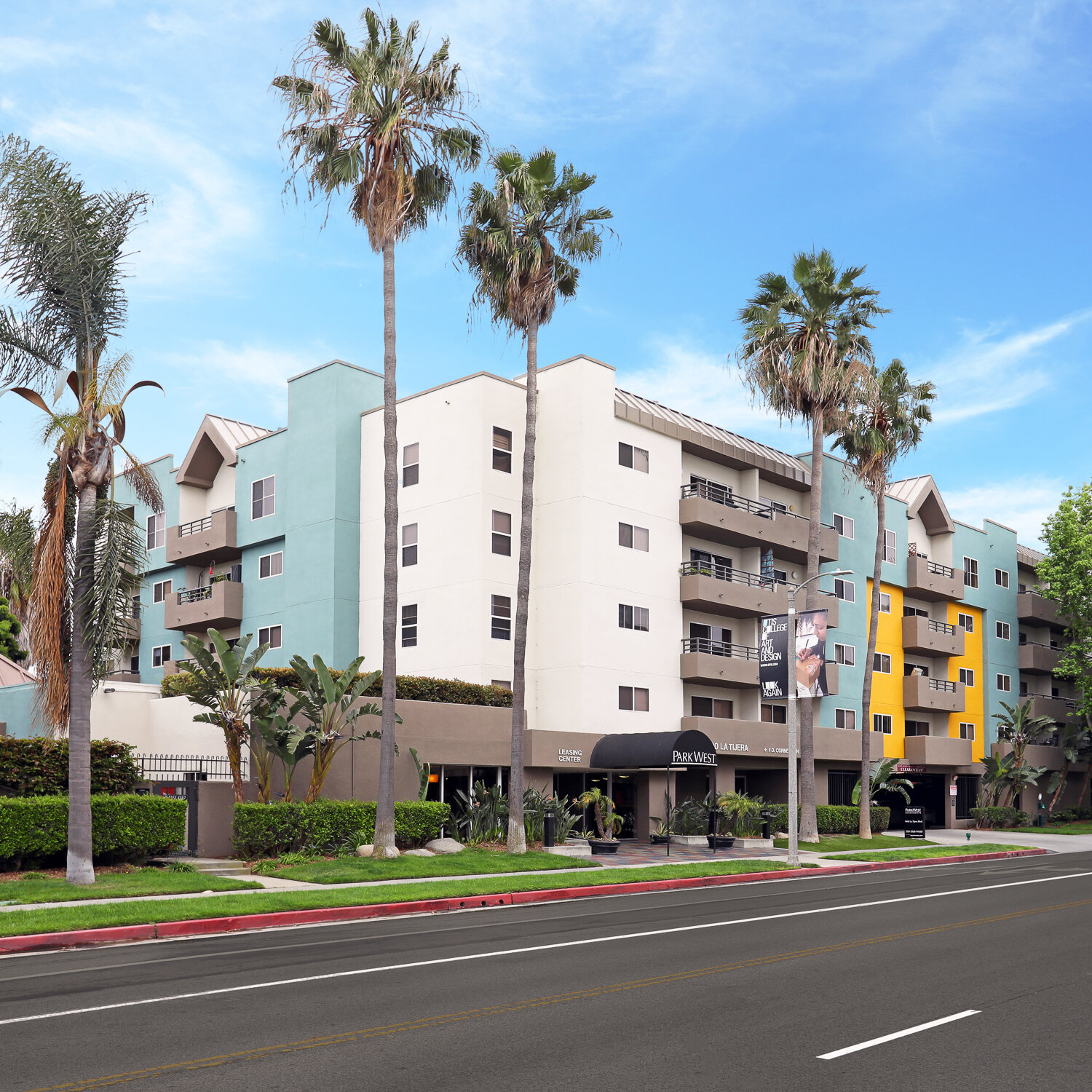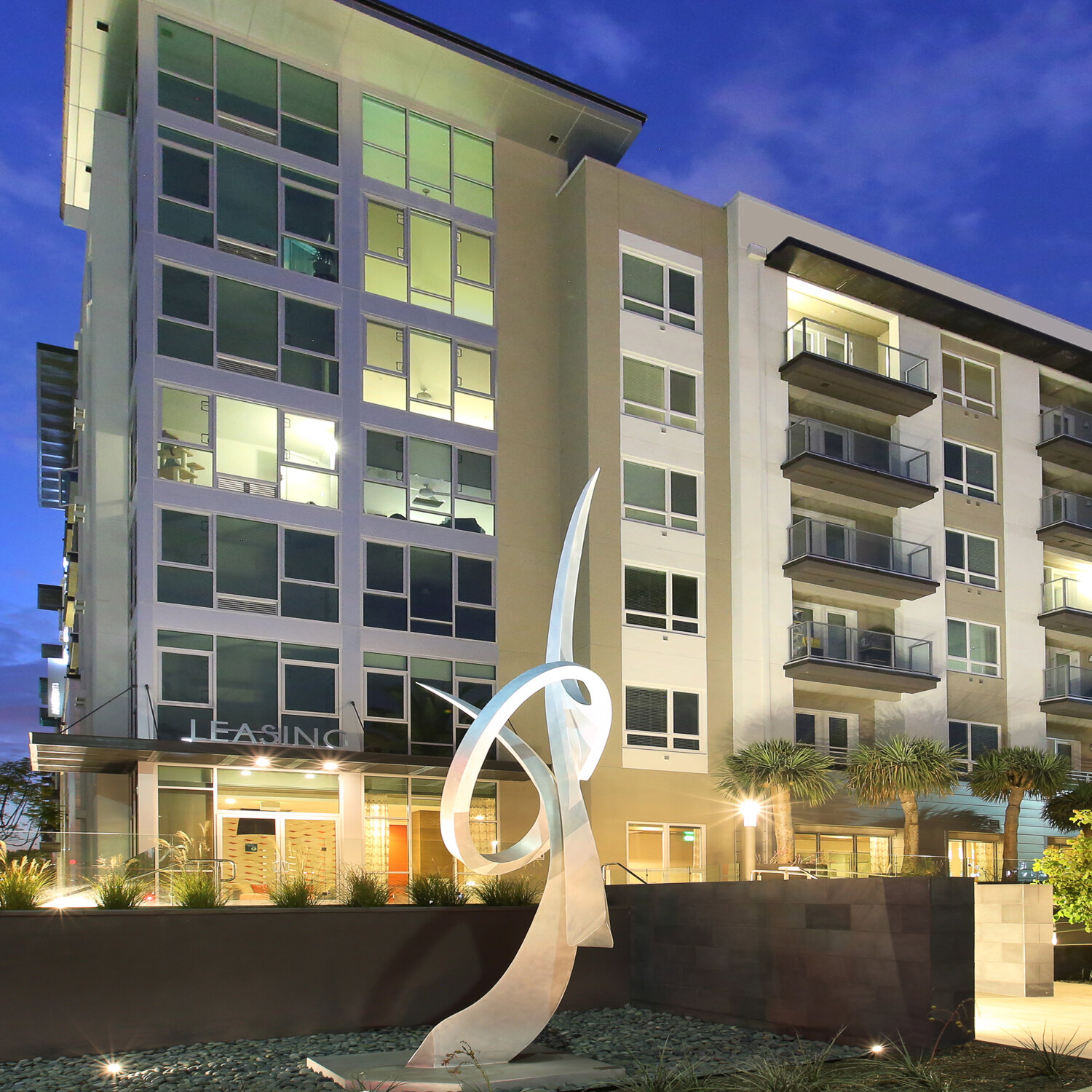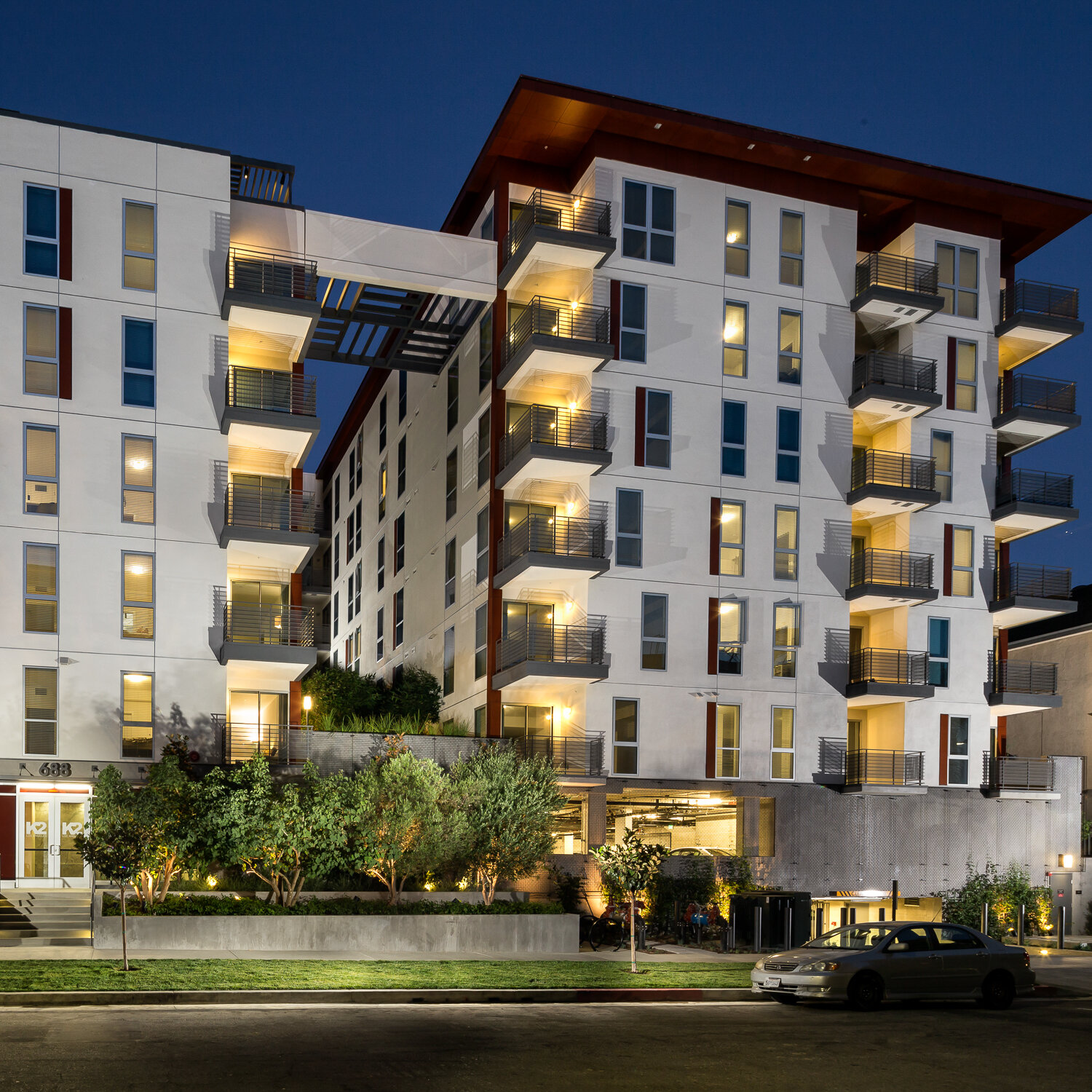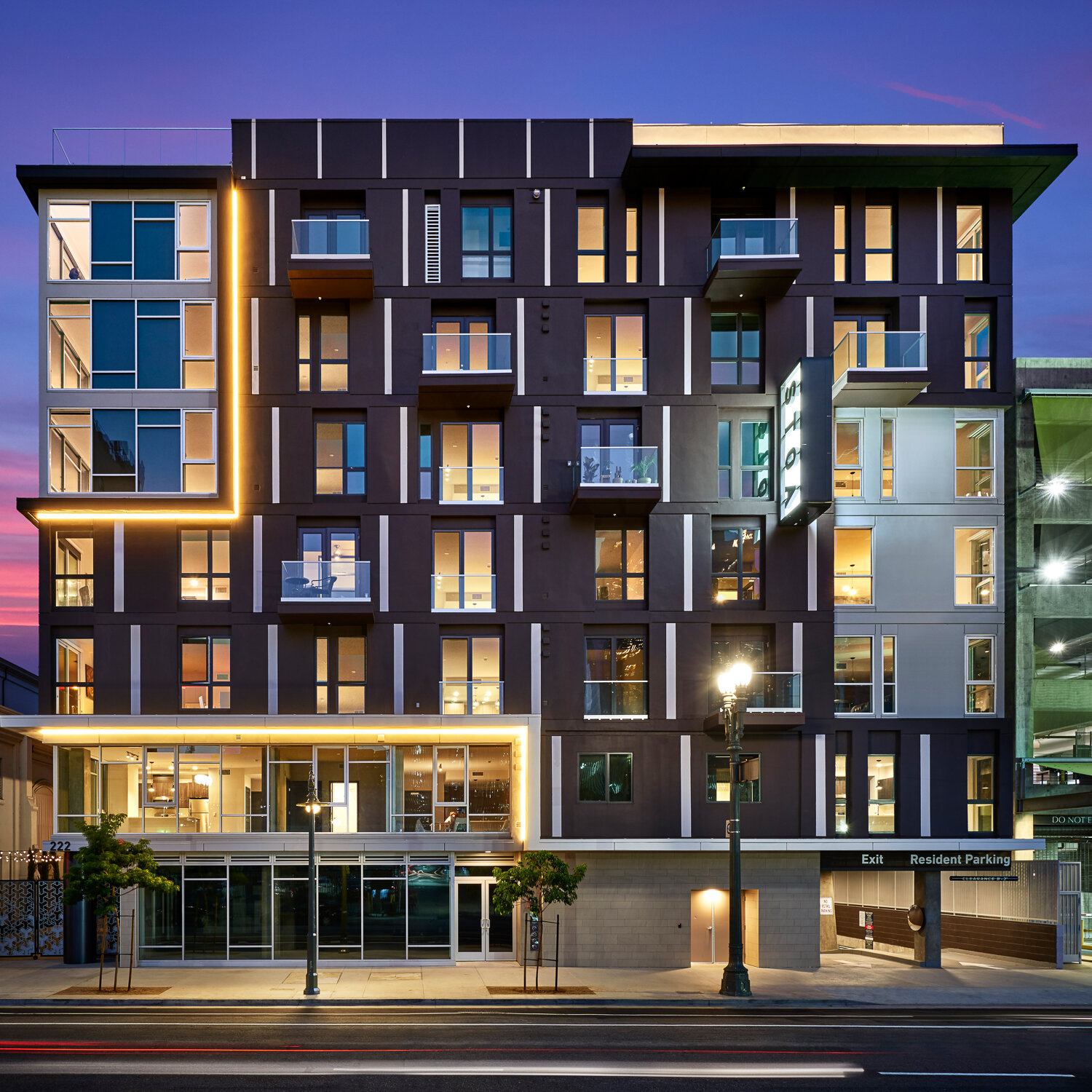Equity Residential Pivots Sustainability Strategy to Continue Work Toward Energy and Water Reduction Goals Despite COVID-19
7.2%
Energy Reduction Since Ownership
6%
Water Reduction Since Ownership
2021 Innovation Awards: Industry Leadership (Private) Finalist
“With our large concentration of properties in Southern California and high local utility costs, we’ve taken on that challenge as an opportunity to make a large impact. We also critically recognize that reducing our energy and water use decreases our reliance on the grid and local water supply. This increases our portfolio’s long-term resilience at a time when climate change impacts are becoming more acute.”
KATHERINE ELLIOT
Director of Sustainability, Equity Residential
CHALLENGE
Equity Residential, a publicly traded real estate investment trust (EQR) with more than 300 multifamily properties nationwide, has made public a portfolio-wide commitment to reduce building water, energy and corresponding greenhouse gas emissions by 10%, 15% and 25%, respectively, by 2021. The company anticipates achieving these goals primarily through a continued commitment to improve and maintain its buildings through efficiency projects and operational oversight.
As COVID-19 came into the picture in 2020, however, some of the company’s sustainability related plans were compromised. Equity’s in-unit renovation program nearly ground to a halt due to stay-at-home orders, concerns for the safety of staff and residents and the challenge of working around residents who were home all the time. On top of all that, a global materials and appliance shortage made the purchase of energy-efficient appliances unreliable. EQR also faced major challenges and delays carrying out an RFP for the installation of solar photovoltaic (PV) infrastructure on all viable roof space across its L.A. properties, including vendor staffing constraints, access and safety issues, as well as permitting, utility approval and power shut down delays.
Finally, while other asset types such as retail and office likely saw some decreases in year-over-year whole building energy and water use, multifamily owners generally experienced increases, making it more challenging to meet energy and water goals.
STRATEGY
Over the last few years, EQR has successfully completed: comprehensive LED lighting retrofits in common areas for its entire L.A. portfolio; whole-building energy retrofits for 20 properties; in-unit energy and water efficiency upgrades at 18 properties; smart irrigation systems that use weather data to determine sprinkler schedules at 14 properties; thousands of ultra-high-efficiency toilets at 12 properties; on-site renewable (solar thermal) energy at 10 properties; and several electric vehicle charging stations, with dozens more to come.
In 2020, EQR worked creatively around challenges to continue its sustainability work. The company was eventually able to implement in-unit renovations by instituting additional safety protocols, identifying alternative appliance sourcing and managing material inventory to keep some of its L.A. projects moving. The company also found ways to continue efforts on its solar PV project, leveraging its relationship with the LABBC to connect with LADWP’s solar connectivity team. EQR was also able to push forward the successful completion of a commissioning pilot project to reduce the use of natural gas at the company’s Park West L.A. property in partnership with the California Energy Commission. This water heating solution combined advanced solar thermal water heating with a natural gas engine heat pump and Energx heating loop controller.
As for building energy and water use for 2020, EQR expects to be well-positioned to minimize any bumps for both ownership and residents after having spent millions of dollars across its portfolio to install energy efficient appliances, lighting and water fixtures, as well as programmable thermostats.
IMPACT
Company-wide, EQR completed a yearlong initiative to create a new ESG governance structure and steering committee to provide further accountability, as well as new board-level oversight for ESG management and goals. The company met its target of 25% reduction of greenhouse gas emissions two years early, by 2019, and is on track to achieve energy and water goals by 2021. The company also met its goal to pursue LEED Gold certification for 100% of all wholly owned ground-up development projects.
In Los Angeles, by the end of the year EQR had completed approximately 100 in-unit renovations and installed 11 solar PV projects, representing about 2.3 MW of capacity. With 18 total solar PV sites across Southern California, Equity’s in-place solar PV systems are expected to generate 3.7 GWh a year, saving about $400,000 and offsetting as much as 90% or more of common area electric expenses at each site. EQR’s Park West heat pump and solar thermal project is expected to achieve deep natural gas energy and greenhouse gas emission reductions up to 75% from baseline. EQR also installed a solar PV system at Park West, which is expected to generate about 400,000 kWh a year, a savings of about $600,000.
Based on common area use and cost only (as EQR does not yet have whole building data), the company estimates that its LADWP portfolio saved about 1.5 million kWh in 2020, an electricity reduction of about 14% from the prior year. Considered over four years, usage for the same properties was reduced by about 25%.














